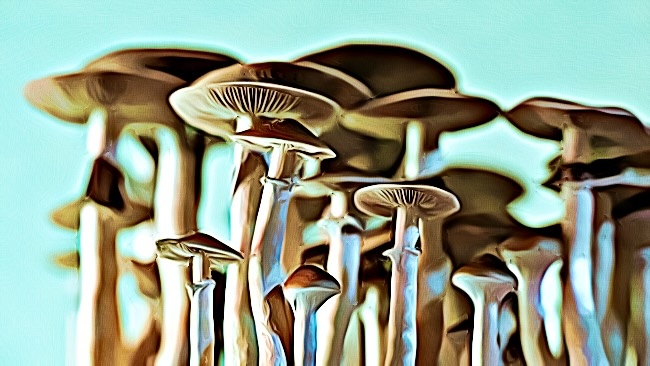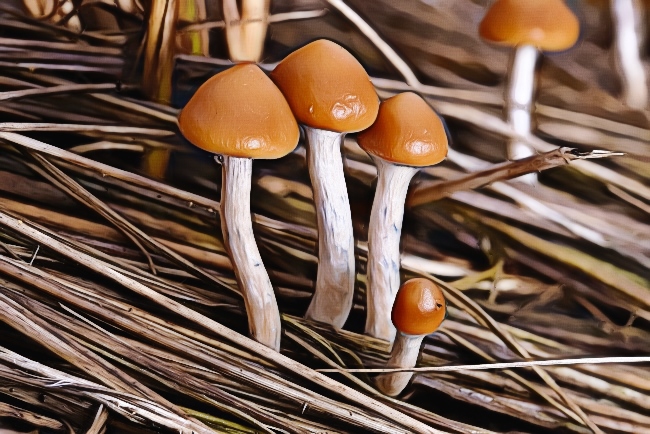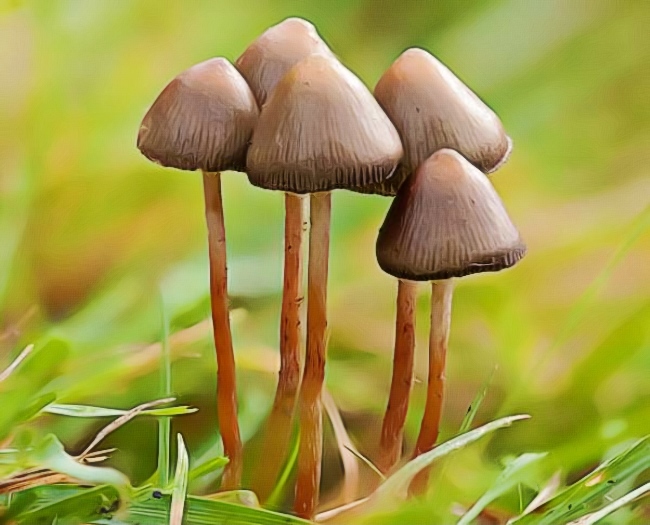Not all drugs come from chemically manufactured compounds produced in medical facilities. Even beyond DIY meth houses and cocaine factories, there’s still a classification of drugs that don’t entirely follow the pill, sediment, or powder form. This is why organic products like cannabis and mushrooms are growing in popularity. One form of organic drug that people use to experience a unique high is psilocybin, commonly referred to as magic mushrooms.
What’s the High Timeline of Mushrooms?
After ingestion, magic mushrooms can take some time to activate, with their hallucinogenic effects starting between 20-40 minutes. However, you can also soak the mushrooms in hot water or tea for a much faster effect. This starts as soon as five minutes after ingestion.
What follows after ingestion is a set of auditory, visual, or other sensory hallucinations that gradually develop throughout the trip. Shroom trips can last between 4-6 hours, depending on the species of mushroom and the amount you take. Keep in mind that shrooms’ effects will also vary if you eat them fresh or dry. Generally, dried mushrooms induce more potent effects.

Besides the amount you take and your physiological build, the experience of taking shrooms will vary depending on your frame of mind. If you have particular expectations of taking shrooms, you may have a different trip. Additionally, this adjusted mindset applies to people with preexisting mental health conditions. For this reason, you must be extremely cautious of taking mushrooms if you have a mental illness or other medication in your body.
After finishing a mushroom trip, users will have some lingering effects extending to the next day. While this can be an added benefit of prolonging its hallucinogenic effects, it may not be a pleasant experience. Additionally, bad trips are much harder to shake off, with some factors increasing your chances of having a hangover.
What Are the Side Effects of Magic Mushrooms?
Ingesting psilocybin mushrooms isn’t as dangerous as other addictive drugs that provide the same effect. For example, it’s relatively safer to use shrooms over opioids and other stimulants in the long term. However, that doesn’t mean that its psychoactive effects don’t come at a cost. Some of its physical side effects include:
- Dry mouth
- Nausea
- Chills
- Numbness
- Muscle spasms
- Increased heart rate
- Elevated blood pressure
- Excessive sweating
Besides the harrowing experience of a bad trip, these physical symptoms can get more severe. This depends on your body’s tolerance for processing the psilocybin you ingest.
While the physical side effects are already worrying to people with medical conditions, there are also behavioral and cognitive side effects from using mushrooms. Some of its psychological side effects include:
- Insomnia
- Visual and auditory hallucinations
- Anxiety
- Lack of inhibitions
- Synesthesia (hearing colors or seeing sounds)
- Altered perception
- Inattention
- Enhanced perception of reality
While these side effects may seem minor at best, people can experience mushroom poisoning if they ingest a bad batch of mushrooms. Additionally, the alteration to a person’s mental capacity during a trip can lead to harmful actions. Besides being a danger to yourself and others while tripping, you can also develop long-term psychosis through its overuse.
What Are Magic Mushrooms?
Psilocybin mushrooms, commonly known as magic mushrooms, are hallucinogens containing the chemical psilocybin. Since these substances have psychoactive properties, users report the feeling of having a mind-altering experience. While indigenous communities correlate this sensation as a spiritual journey, urban communities treated it as a recreational drug tied to the hippie movement throughout the 1960s.
What Are the Different Types of Shrooms?
Psilocybin mushrooms have over 200 species, containing a wide range of characteristics and effects. Each species’ impact on the human body will vary, from the effect, intensity, and duration of a user’s psychoactive experience. Listed below are three of the more common strains of:
1. Psilocybe Cubensis
Most people commonly refer to psilocybe cubensis as magic mushrooms, making it easier to refer to when purchasing from vendors. This strain of psilocybin comes from tropical and subtropical regions. However, it’s also possible to cultivate them indoors, making them accessible for sellers to raise their own crops.

Psilocybe cubensis are identifiable by their thick, dense stems topped with broad caps. Additionally, this species of psilocybin mushrooms grow much larger than other strains. Digesting these mushrooms lead to feelings of euphoria and introspection. It also allows a person to experience visual augmentation or synesthesia.
2. Psilocybe Azurescens
Psilocybe azurescens are much rarer than your garden variety psilocybe cubensis, making them cost much higher in the market. Their rarity is also influenced by having significantly more potent hallucinogenic properties compared to average magic mushrooms.

Psilocybe azurescens are found just in the Pacific Northwest region of North America and contain the highest concentration of psilocybin of all currently discovered strains. Its high psilocybin content makes its user experience extremely vivid hallucinations, heightened amplification of emotions, and even temporary paralysis.
3. Psilocybe Semilanceata
Psilocybe semilanceatas, or Liberty Caps, are easily distinguishable from the rest of the psilocybin strains with their unique conical-bell-shaped caps. This structure remains even in the adult years of the mushroom, in contrast to other mushrooms that flatten through maturity.

While liberty caps don’t have the same potency as psilocybe azurescens, they are still more potent than the common magic mushroom. Its high psilocybin content makes its user’s hallucinations appear more vivid while lasting for a much longer duration.
Are Shrooms Addictive?
Most medical institutions agree that psilocybin isn’t an addictive substance. While the experience of using shrooms can be inviting, there’s no reason to stay investing in using it more than its regular dosage. This is because the human body develops a quick tolerance against its ingredients.
Since people require much higher dosages of psilocybin to achieve the same chemical reactions, it’s generally not worth the investment. With just after four days of repeated use, the human body is already strong enough to withstand its effects. This makes it easy to develop immunity to the drug.
Keep in mind that drug consumption isn’t just an impulse decision; it’s a reward-seeking behavior. If a person cannot receive any reward from taking in a particular drug, they ultimately cannot abuse it for its intended effects. For example, taking LSD in one day doesn’t mix well with psilocybin. This is because the two drugs affect the same brain receptors.
With the increased tolerance of a drug user’s brain, the effects of taking LSD or psilocybin in any order will be much lower. This means there is no benefit to taking too much psilocybin with its diminished hallucinogenic effects. However, a person could still experience the same set of side effects just without the euphoric sensations.
Keep in mind that psilocybin’s variants aren’t harmful from first use. However, its long-term effect can lead to permanent and irreversible psychological damage.
Conclusion
Many people use shrooms for relaxation. While some trips may be enjoyable, others can cause terrifying thoughts. Additionally, while regularly taking shrooms doesn’t lead to major physiological damage to your body, it can still be an unhealthy aspect of your life.
If you frequently depend on shrooms to escape reality, you may need to receive more than the standard rehab treatment. Thankfully, specialized drug rehab centers can cater to your biological and emotional needs for recovery.
Sources:

